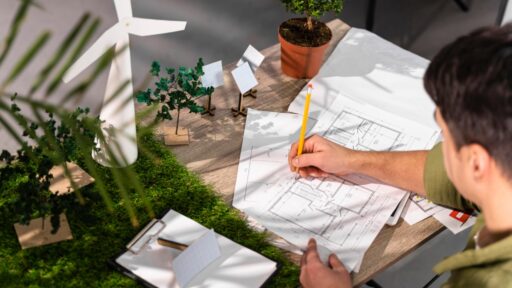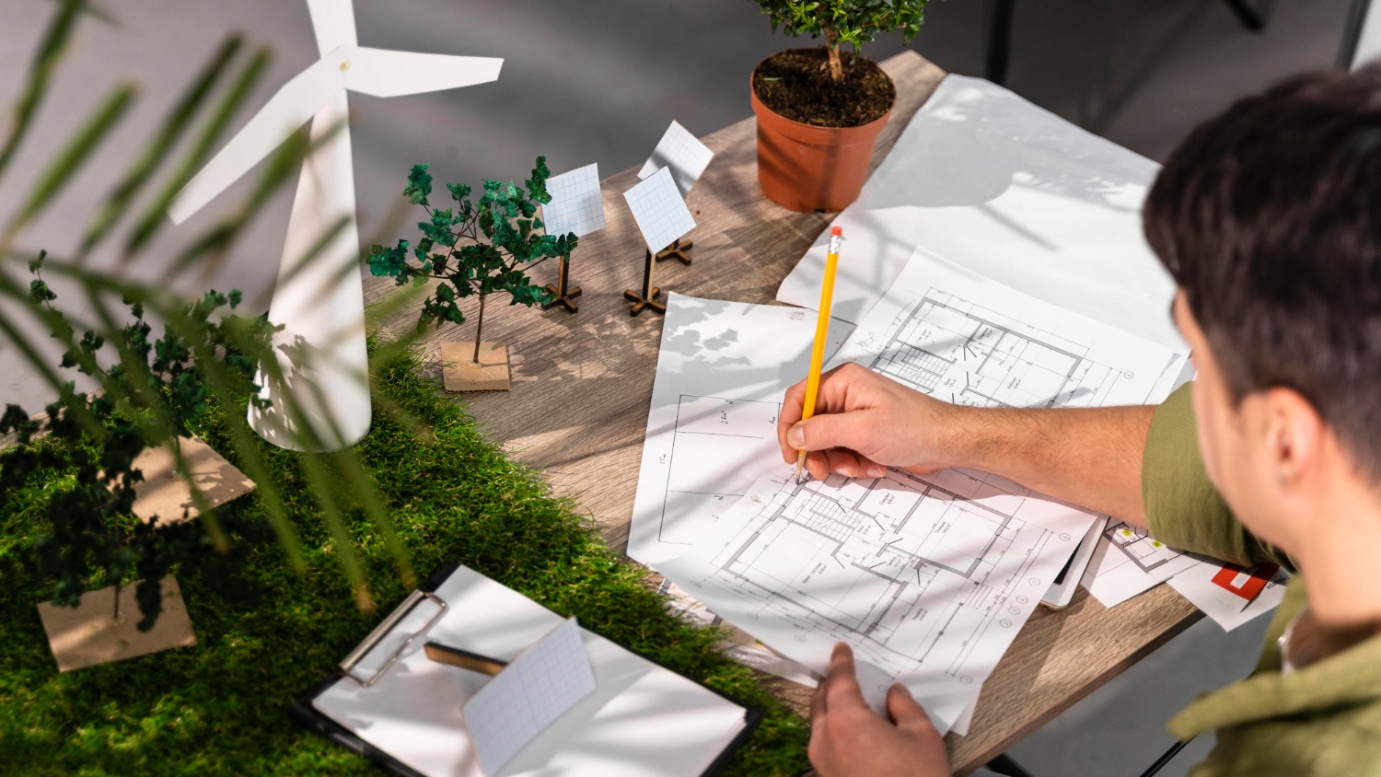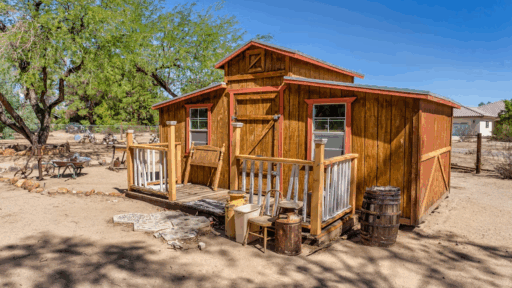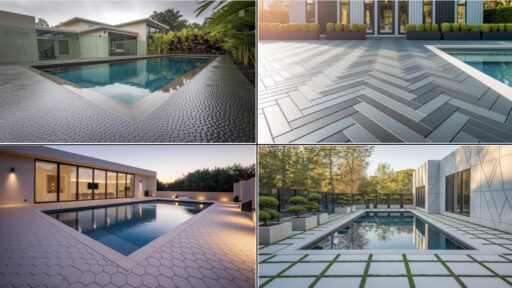In today’s fast-paced world, outdoor spaces have become more than just extensions of our homes—they’re sanctuaries that beckon us to slow down, connect, and breathe deeply. Whether you’re designing a cozy backyard retreat or reimagining a sprawling patio, creating an outdoor environment that naturally draws people in requires thoughtful planning and attention to detail. Companies like Hunter Fan Company understand this fundamental human need for comfortable outdoor living, which is why well-designed exterior spaces continue to gain popularity among homeowners and businesses alike.
The foundation of any magnetic outdoor space lies in understanding how people naturally move and gather. Successful outdoor design mimics the flow of indoor living while embracing the unique opportunities that open-air environments provide. Unlike interior spaces constrained by walls and ceilings, outdoor areas offer limitless possibilities for creating zones that feel both intimate and expansive.
Comfort stands as the cornerstone of any inviting outdoor space. Without physical comfort, even the most visually stunning patio will fail to retain guests for extended periods. Temperature control plays a crucial role in this equation, particularly in regions with extreme weather conditions. Shade structures, whether permanent or temporary, provide essential relief from harsh sunlight while creating defined gathering areas. Pergolas, umbrellas, and retractable awnings offer flexibility in managing sun exposure throughout the day.
Wind management often gets overlooked but significantly impacts comfort levels. Strategic placement of privacy screens, landscaping, or architectural elements can create natural windbreaks that make spaces more pleasant during breezy conditions. Ceiling fans designed for outdoor use provide additional air circulation during humid summer months, creating comfortable microclimates that encourage longer stays.
Seating arrangements fundamentally determine how people interact within outdoor spaces. Fixed seating works well for intimate gatherings, but moveable furniture offers versatility for different group sizes and activities. Conversation areas benefit from circular or U-shaped arrangements that promote face-to-face interaction, while linear seating along walls or railings accommodates larger groups and provides options for both socializing and solitary relaxation.
The height and depth of seating surfaces matter more than many realize. Standard dining height works for meals, but lower lounge seating creates a more relaxed atmosphere for casual conversation. Deep cushions and supportive backs transform outdoor furniture from functional to luxurious, encouraging guests to settle in for hours rather than minutes.
Lighting transforms outdoor spaces from daytime-only environments into enchanting evening destinations. Layered lighting approaches work best, combining ambient, task, and accent lighting to create depth and visual interest. String lights overhead provide magical ambiance without overwhelming brightness, while path lighting ensures safe navigation after dark. Candles, lanterns, and fire features add warmth and intimacy that electric lighting alone cannot achieve.
Strategic lighting placement highlights architectural features and landscaping while creating shadows that add mystery and sophistication. Uplighting trees and plants creates dramatic silhouettes, while downlighting provides functional illumination for dining and reading areas. Dimmable options allow for mood adjustment throughout the evening as activities transition from active entertaining to quiet conversation.
The sensory experience of outdoor spaces extends far beyond visual appeal. Sound design, whether intentional or accidental, significantly impacts the atmosphere. Water features like fountains or small waterfalls provide soothing background noise that masks traffic sounds and creates a sense of tranquility. Wind chimes offer gentle melodic elements, while carefully selected playlist music can enhance specific moods without overwhelming conversation.
Natural sounds deserve equal consideration. Bird-attracting plants and feeders bring delightful audio elements while supporting local wildlife. The rustling of grasses and leaves in gentle breezes adds organic sound layers that connect occupants with the natural environment. Conversely, identifying and mitigating unpleasant sounds like air conditioning units or busy streets helps maintain the peaceful atmosphere that draws people outdoors.
Fragrance and texture engage often-forgotten senses that profoundly impact comfort and memory formation. Aromatic plants like lavender, jasmine, and herbs release pleasant scents naturally, while strategically placed flowers provide seasonal fragrance variety. Textural contrasts between smooth stone, rough wood, soft fabrics, and natural plantings create tactile interest that encourages exploration and touch.
Weather protection ensures outdoor spaces remain usable throughout changing seasons and conditions. Retractable coverings provide flexibility for both sunny and rainy days, while permanent roof structures create true outdoor rooms. Heat sources like fire pits, outdoor heaters, or fireplaces extend the usable season in cooler climates, making spaces attractive even when temperatures drop.
Drainage considerations prevent water accumulation that could damage furniture or create unpleasant conditions after rain. Proper grading, permeable surfaces, and strategic placement of plants help manage water flow while maintaining the space’s aesthetic appeal.
Privacy creates psychological comfort that allows people to relax fully in outdoor environments. Strategic landscaping, screens, or architectural elements provide visual barriers without creating fortress-like enclosures. The goal is achieving a sense of seclusion while maintaining openness to desirable views and natural light.
Flexibility in outdoor design accommodates different activities and group sizes throughout the year. Modular furniture arrangements, removable elements, and multi-purpose features allow spaces to transform from intimate conversation areas to larger entertainment zones as needed. Built-in storage keeps cushions, games, and seasonal items accessible while maintaining clean aesthetics.
Creating truly magnetic outdoor spaces requires balancing numerous elements while remaining true to the specific needs and preferences of those who will use them most. The most successful outdoor environments feel effortless and natural, as if they evolved organically rather than being imposed upon the landscape. They invite lingering, encourage connection, and provide respite from indoor living without sacrificing comfort or functionality.
When these elements work in harmony, outdoor spaces become more than mere extensions of indoor living—they become destinations that draw people naturally, creating memories and fostering the kind of deep relaxation and connection that only thoughtfully designed outdoor environments can provide.








